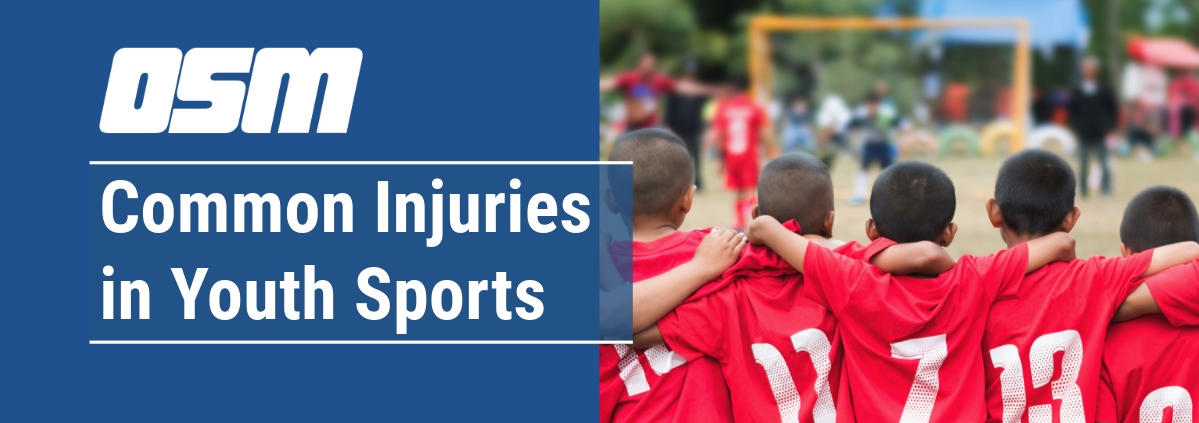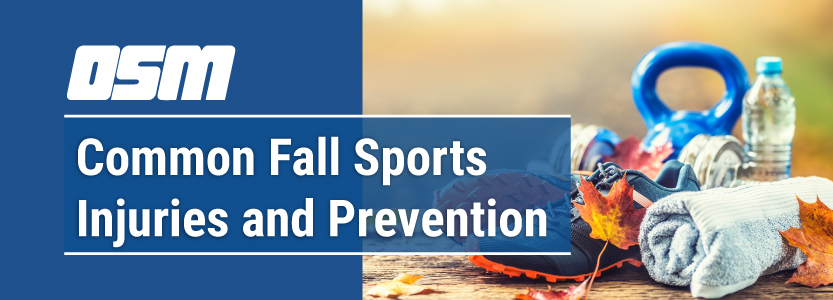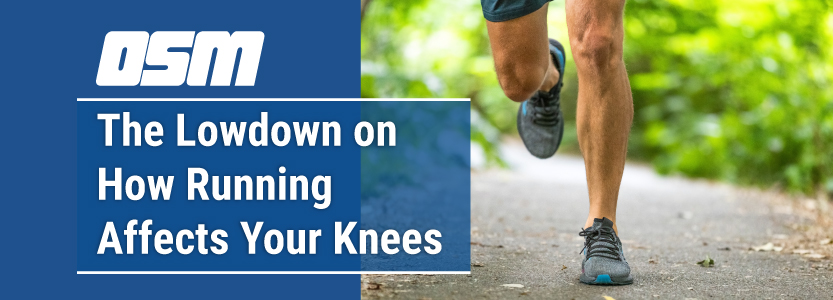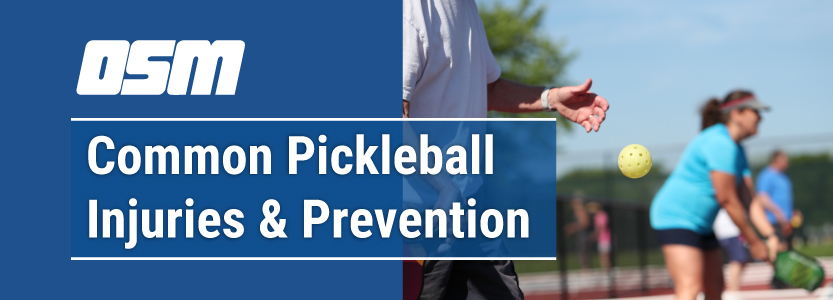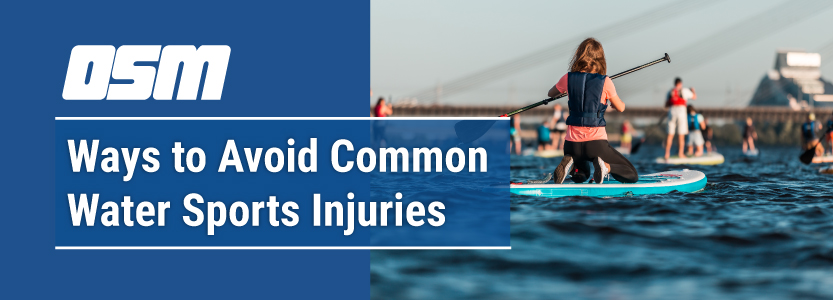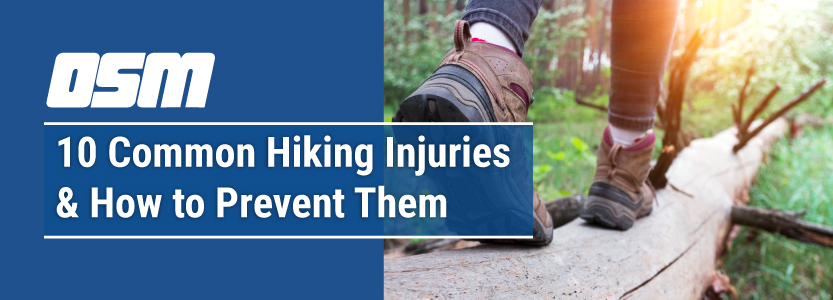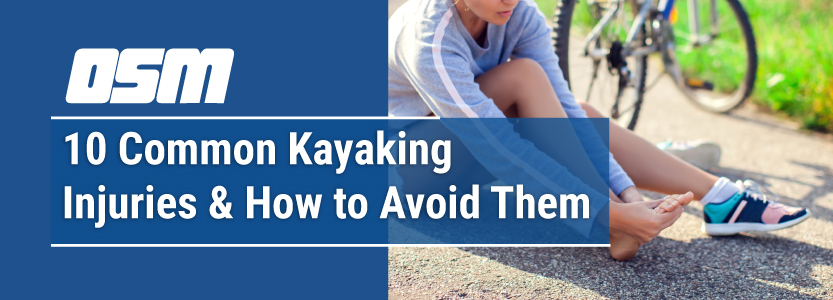Article featured on Austin Emergency Center
For hikers who plan on hitting the trail this summer, understanding the most common hiking injuries and how to prevent them is crucial for enjoying a safe and rewarding outdoor experience! This article will explore strategies for preventing and treating these common hiking injuries. By equipping yourself with knowledge and taking proactive steps, you can minimize the risks, maximize enjoyment, and ensure a memorable hiking experience.
1. Sprained Ankles
Ankle sprains occur when the ligaments surrounding the ankle joint are stretched or torn. This can happen to even the most experienced hikers due to uneven terrain, slippery surfaces, or missteps while traveling over diverse Texas landscapes.
Prevention:
Wear supportive footwear that provides ankle stability to prevent sprained ankles while hiking. Before hiking, warm up your muscles and perform ankle stretches.
Choose hiking trails that match your skill level, and be mindful of potential hazards, such as uneven surfaces or loose rocks—consider using trekking poles for added stability. Be sure to take smaller steps and avoid rushing.
Treatment:
To treat sprained ankles from hiking, follow the RICE method: Rest by avoiding weight-bearing, apply Ice for 15-20 minutes several times a day to reduce swelling, use Compression with an elastic bandage for support, and Elevate the ankle above heart level to minimize swelling.
You can also take over-the-counter pain relievers and gradually incorporate rehabilitation exercises under professional guidance.
2. Knee Injuries
Hiking involves strenuous and repetitive movements that can cause stress on the knees. Common knee-related hiking injuries include strains, sprains, and tendonitis.
Prevention:
To prevent knee injuries while hiking, practice proper hiking techniques and focus on maintaining good posture and taking shorter strides out on the trail.
Wear appropriate footwear with cushioning and support. Gradually increase the intensity of your hikes, and take regular breaks. Regulate the weight you carry in your pack, and listen to your body for any signs of injury.
Treatment:
When treating knee injuries caused by hiking, focus on resting the injured knee and avoid putting weight on it. Apply ice packs or cold compresses to reduce swelling and pain, and use compression bandages or wraps to support and stabilize the knee.
Elevate the injured leg above heart level to help reduce swelling, and take over-the-counter pain relievers if needed.
3. Blisters
Blisters are a common hiking nuisance caused by friction between the skin and footwear. Ill-fitting or wet shoes, as well as long hikes, can increase the likelihood of blisters.
Prevention:
To prevent blisters while hiking, wear properly fitted and broken-in hiking boots or shoes to reduce friction. Invest in moisture-wicking socks made of synthetic or wool materials that help keep your feet dry.
You can also apply lubricants or anti-blister products, such as petroleum jelly or specialized foot balms, to areas prone to blister formation.
Treatment:
Clean the affected area with mild soap and water, leaving the blister intact to protect the underlying skin and prevent infection. If the blister has already burst or is causing significant discomfort, gently clean the area, apply antibioticointment, and cover it with a sterile dressing or adhesive bandage.
4. Shin Splints
Shin splints are characterized by pain along the front or inner edge of the shinbone. They often occur due to overuse, improper footwear, or hiking on hard surfaces.
Prevention:
To prevent shin splints while hiking, wear proper footwear that provides adequate support and cushioning. Gradually increase your hiking intensity and distance to allow your body to adapt, avoid sudden terrain changes, and opt for softer surfaces when possible.
Treatment:
Rest and reduce or eliminate any weight-bearing activities that worsen the pain of shin splints. Apply ice packs to the affected area for 15-20 minutes several times daily to reduce inflammation and pain. You can also take over-the-counter pain relievers to alleviate discomfort.
Gentle stretching exercises for the calf muscles and the muscles in the front of the shin can help relieve tightness and promote healing.
5. Dehydration
Hiking in hot weather or at high altitudes can lead to dehydration and heat-related illnesses. Symptoms include dizziness, fatigue, nausea, and confusion.
Prevention:
To prevent dehydration while hiking, start by drinking plenty of water and staying hydrated before your hike. Carry an adequate water supply and drink regularly throughout your hike, even if you don’t feel thirsty.
Wear lightweight, breathable clothing and a hat to help regulate body temperature and reduce sweating. Avoid hiking during the hottest parts of the day and take regular breaks in shaded areas to rest and rehydrate.
Treatment:
When you are dehydrated, it’s crucial to replenish lost fluids and electrolytes. Immediately stop hiking and find a shaded area to rest. Drink plenty of water or rehydration fluids, taking small sips at regular intervals rather than gulping large amounts at once.
Applying cool, damp towels or using a misting fan with cold water can help cool your body and provide relief.
6. Sunburn and Heatstroke
Prolonged exposure to the sun without adequate protection can result in sunburns and, in severe cases, heatstroke. Heatstroke is a life-threatening medical emergency and requires immediate attention.
Prevention:
To prevent sunburn and heatstroke while hiking, wear sunscreen with a high SPF and apply it generously to all exposed skin. Wear a wide-brimmed hat and lightweight, breathable clothing that covers your arms and legs.
Plan your hike during cooler hours, such as early morning or late afternoon, to avoid the day’s peak heat. Consider using a moisture-wicking fabric or a cooling towel to help regulate body temperature.
Treatment:
When treating sunburn and heatstroke, move to a shaded area and protect your skin from further sun exposure. Apply a cool compress to soothe the burned skin, and moisturize with aloe vera gel or a gentle, non-irritating lotion to help alleviate discomfort.
Drink plenty of fluids to stay hydrated and replace lost electrolytes. For more severe sunburns with blisters, pain, or signs of infection, seek medical attention.
When treating heatstroke, it’s essential to cool the body down immediately. If possible, move to a shaded or air-conditioned area, remove excess clothing, and apply cool water or ice packs to the neck, armpits, and groin area.
Call emergency services or seek medical help promptly. Monitor vital signs and provide first aid measures while waiting for professional assistance. Remember, early intervention is crucial for both sunburn and heatstroke treatment.
7. Insect Bites and Stings
Hiking in areas with mosquitoes, ticks, or other insects can lead to unpleasant bites and stings that can cause itching, swelling, and even transmit disease.
Prevention:
Wearing long sleeves, long pants, and socks to minimize exposed skin while hiking. Tuck your pants into your socks and consider using insect repellent on exposed areas.
Choose to wear light-colored clothing, as insects are often attracted to dark colors, and avoid wearing strong fragrances, perfumes, or scented lotions, as they can attract unwanted attention from bugs. Stay on designated trails and avoid brushing against vegetation.
Treatment:
To treat bug bites, wash the affected area with mild soap and water to clean it. Use a credit card or a fingernail to gently scrape off the skin if there’s a stinger. Apply a cold compress or ice pack wrapped in a thin cloth to reduce swelling and alleviate discomfort.
Avoid scratching the bite to prevent infection. If needed, take an over-the-counter antihistamine to reduce itching and allergic reactions.
8. Overexertion
Pushing your body beyond its limits can lead to overexertion, resulting in muscle strains, fatigue, and exhaustion.
Prevention:
Listen to your body and know your limits when hiking! Plan your hike according to your abilities and choose trails that match your fitness level. Pace yourself and take breaks when needed, especially on long hikes or challenging terrain.
Treatment:
Allow your body to rest and recover when you begin to feel overexerted. Find a shaded area to sit or lie down and elevate your legs. Drink plenty of water or an electrolyte-rich beverage to rehydrate.
If you’re experiencing muscle soreness or stiffness, gentle stretching, and light massages may provide relief. Avoid further physical activity until you feel fully recovered. Pay attention to any lingering symptoms, such as persistent fatigue, dizziness, or rapid heartbeat, and seek medical attention if necessary.
9. Falls and Cuts
Trips, slips, and falls can happen while hiking, especially on uneven ground or steep slopes. Falls can result in cuts, bruises, and even more serious injuries like fractures.
Prevention:
To prevent falls and cuts while hiking, always stay alert and focus on the trail. Wear appropriate footwear with good traction to minimize the risk of slipping, and be sure to take your time and watch your step on uneven or rocky terrain. Be cautious when crossing streams or wet surfaces by using stable footholds and handholds if available.
Treatment:
When treating falls and cuts from hiking, it’s important to prioritize safety and address any injuries promptly. Carry a well-equipped first aid kit with essentials like adhesive bandages, antiseptic wipes, and sterile gauze to promptly address any cuts or injuries.
If bleeding is severe or the wound is deep, apply direct pressure with a clean cloth or bandage and seek medical attention. If a fall results in possible fractures or head injury, immobilize the affected area, keep the person still, and call for emergency medical assistance. It’s crucial to monitor for signs of shock, such as pale skin, rapid breathing, or weak pulse, and provide comfort and reassurance while waiting for professional help.
10. Poison Ivy
Brushing against poison ivy, poison oak, or other irritating plants can cause allergic reactions, including rashes and itching.
Prevention:
It’s essential to familiarize yourself with the plant’s appearance and avoid contact with it to prevent exposure to poison ivy exposure while hiking! Learn to recognize the three leaflets in a cluster characteristic of poison ivy.
Wear long sleeves, long pants, and closed-toe shoes to minimize skin exposure. As an added protection layer, consider applying a barrier cream or lotion containing bentoquatam to exposed skin areas. Always be cautious when sitting or leaning on surfaces that may have come into contact with poison ivy, such as fallen logs or rocks.
Treatment:
Wash the affected area with soap and cool water to remove the urushiol oil from the skin. Be sure to avoid scrubbing the area to prevent further skin irritation.
Apply a cold compress or take cool showers to soothe the itching and reduce inflammation. Over-the-counter hydrocortisone creams, calamine lotion, and oral antihistamines can help relieve itching and discomfort.
If symptoms are severe, widespread, or persistent, or if blisters or signs of infection develop, seek medical attention for further evaluation and treatment. Wash any clothing, gear, or tools that may have come into contact with poison ivy to remove any lingering urushiol oil.
The Orthopedic & Sports Medicine Center of Oregon is an award-winning, board-certified orthopedic group located in downtown Portland Oregon. We utilize both surgical and nonsurgical means to treat musculoskeletal trauma, spine diseases, foot and ankle conditions, sports injuries, degenerative diseases, infections, tumors and congenital disorders.
Our mission is to return our patients back to pain-free mobility and full strength as quickly and painlessly as possible using both surgical and non-surgical orthopedic procedures.
Our expert physicians provide leading-edge, comprehensive care in the diagnosis and treatment of orthopedic conditions, including total joint replacement and sports medicine. We apply the latest state-of-the-art techniques in order to return our patients to their active lifestyle.
If you’re looking for compassionate, expert orthopedic and podiatric surgeons in Portland Oregon, contact OSM today.
Phone:
503-224-8399
Address
17355 Lower Boones Ferry Rd Suite 100A
Lake Oswego, OR 97035
Hours
Monday–Friday
8:00am – 4:30pm



